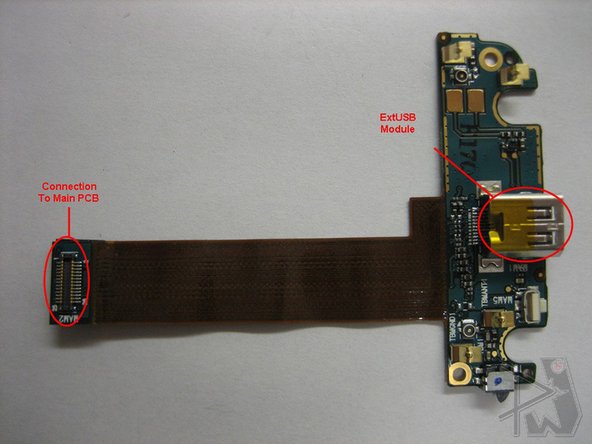crwdns2935425:05crwdne2935425:0
crwdns2931653:05crwdne2931653:0






-
Shown at left is the screen module. Here we see an Epson IC for what we believe controls the resistive touchscreen, as it’s also found on the XPERIA X1.
-
Also interesting to note is two ICs for microcontrollers, from Atmel and Cypress.
-
When syncing and sideloading onto the computer, Microsoft’s ActiveSync works as it should, but slows down file tranfers dramatically when compared to Mass Storage mode. ActiveSync ended up at 1.4MBps while Mass Storage gave me about 3.2MBps. The speeds are expected as the hardware architecture is very similar to the XPERIA X1, but its still nowhere near as fast as the Bold’s blazing 15MBps mark.
crwdns2944171:0crwdnd2944171:0crwdnd2944171:0crwdnd2944171:0crwdne2944171:0